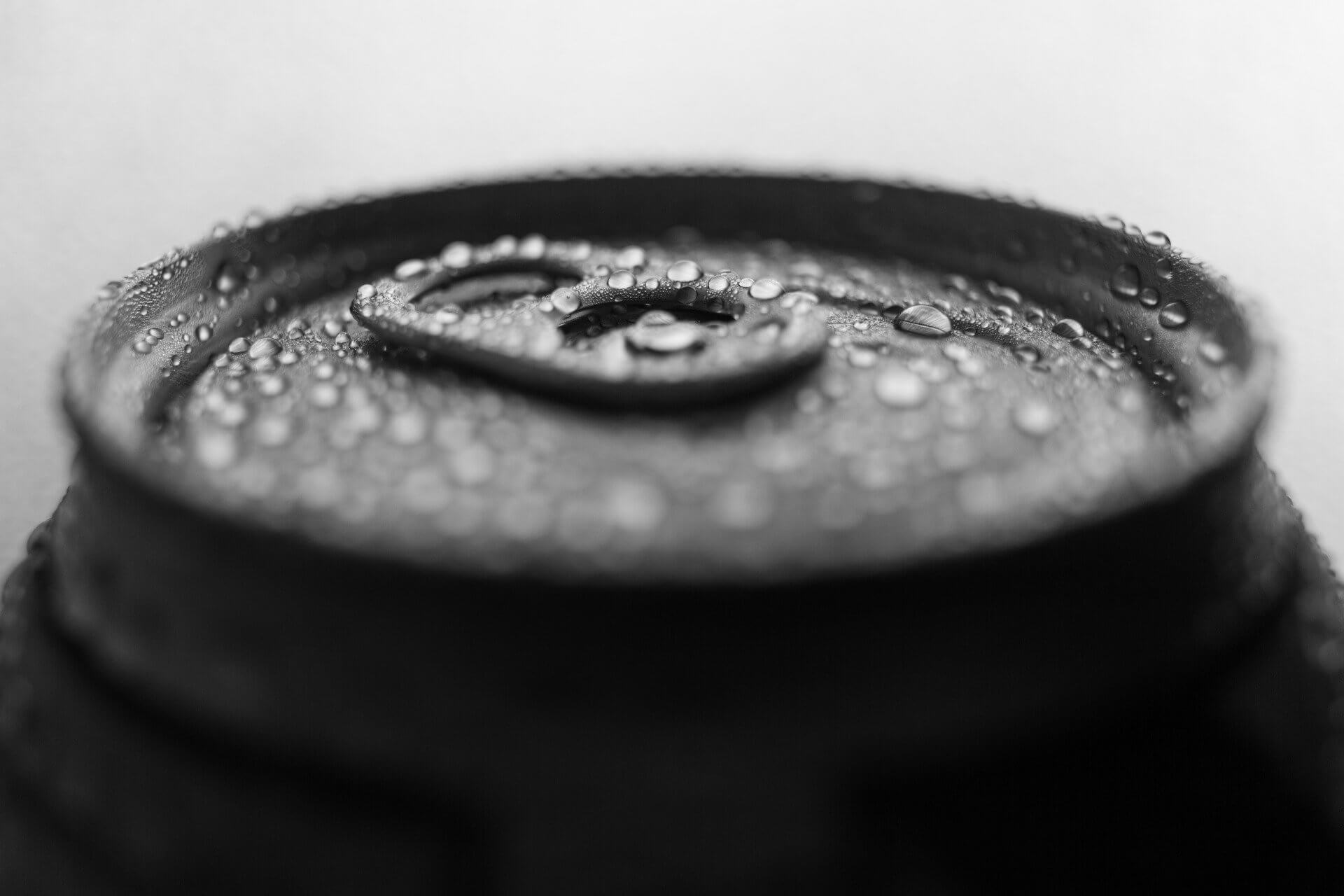Water Heating Direct Products

What is Condensation? The conversion of gas phase into the liquid phase. When you condense water vapor that's found in the exhaust gas of combustion installations, these processes usually release a significant amount of energy. Capturing this latent heat in the combustion process is essential in achieving higher system efficiency. Alternatively, non-condensing applications do not capture this latent, thus operating with far less overall efficiency.
Where to Condense? Condensing equipment are objectively more efficient than non-condensing. This means condensing equipment will deliver more output while also maintaining lower overall emissions which can save the environment.
When to Condense? Condensation occurs when the hot flue gases get cooled down typically below 130F. Condensing equipment are designed with robust materials that can handle the acidity of the condensate. However, condensation, formation of carbonic acid, in non-condensing equipment can be extremely catastrophic.
Why Condensing Equipment is Important? The process of condensing flue gas allows technicians to recover approximately 1,000 Btu/lbs. of latent energy, which can be used to increase efficiency. This fuel energy savings can equate to thousands of dollars over the lifespan of the equipment. Moreover, in applications with larger ΔTs, condensing equipment can condense more and provide a better system efficiency. It is crucial to point out that manufacturers show their confidence in their heat exchanger when it can handle larger ΔTs. Furthermore, condensing equipment are often significantly more compact than non-condensing with longer life expectancy. Therefore, it is important to factor in these parameters when selecting a condensing equipment.
What is Condensation? The conversion of gas phase into the liquid phase. When you condense water vapor that's found in the exhaust gas of combustion installations, these processes usually release a significant amount of energy. Capturing this latent heat in the combustion process is essential in achieving higher system efficiency. Alternatively, non-condensing applications do not capture this latent, thus operating with far less overall efficiency.
Where to Condense? Condensing equipment are objectively more efficient than non-condensing. This means condensing equipment will deliver more output while also maintaining lower overall emissions which can save the environment.
When to Condense? Condensation occurs when the hot flue gases get cooled down typically below 130F. Condensing equipment are designed with robust materials that can handle the acidity of the condensate. However, condensation, formation of carbonic acid, in non-condensing equipment can be extremely catastrophic.
Why Condensing Equipment is Important? The process of condensing flue gas allows technicians to recover approximately 1,000 Btu/lbs. of latent energy, which can be used to increase efficiency. This fuel energy savings can equate to thousands of dollars over the lifespan of the equipment. Moreover, in applications with larger ΔTs, condensing equipment can condense more and provide a better system efficiency. It is crucial to point out that manufacturers show their confidence in their heat exchanger when it can handle larger ΔTs. Furthermore, condensing equipment are often significantly more compact than non-condensing with longer life expectancy. Therefore, it is important to factor in these parameters when selecting a condensing equipment.

Why bigger is not always better?
A two-unit Brigade installation takes up only about 6 Sq. Ft. which saves up plenty of space. The Brigade was designed to be ultra-compact in footprint.
Meanwhile the other guys...!
The other tank-type water heaters in the 199 MBTU range take up at least 83% or more space to deliver the same output. In this example the two-unit installation is about 11 Sq. Ft.

What is the hype about ultra low footprint ?
How do we compare in footprint against the competition?
Our mission was to create a product that challenges the market with it's excellent performance and reliability. So of course, our engineers found a way to enhance the Brigade by designing an ultra compact, modulating water heater specifically built for commercial applications. The Brigade is about 50% slimmer in width than the competition in the 199 MBTU size range. Making the Brigade the ideal restaurant water heater.
How does the ultra low footprint benefit you?
The fundamental issue with tank-type water heaters is the continuous replacement cycle due to tank failures. So Brigade eliminated that issue which resulted in a more robust product that is more efficient and reliable. In commercial settings, this saved space can be repurposed for other equipment. We designed the Brigade with all the connections at the top, allowing for a true zero side clearance installation.
How can the Brigade save you $$$ on installation cost?
Because the unit weighs only 340 lb. (dry weight), it can easily be transported to the job site. Whether the mechanical room is in the basement, kitchen, or rooftop, the Brigade can be delivered with a dolly. No need for renting a motorized stair climber just to move the water heater.
How does AquaPLEX make the Brigade stronger, yet remain lighter?
With our revolutionary design, the AquaPLEX is more resistant to chloride corrosion stress cracking while also maintaining a higher tensile strength than 316L. With superior tensile strength of AquaPLEX, this means thinner wall thickness in the tubes of the heat exchanger. This ultimately results in better heat transfer properties and lighter weight.






